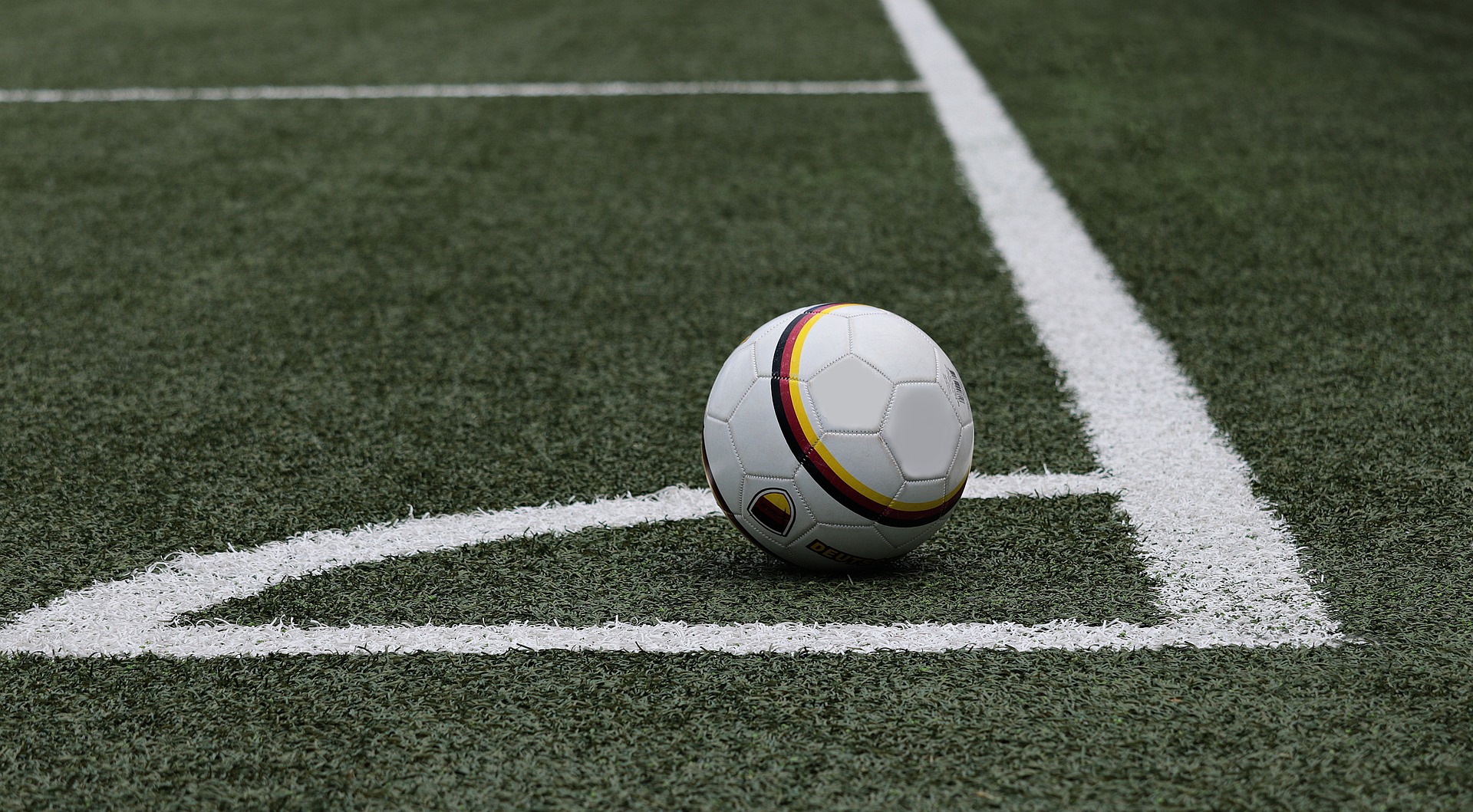Different Types Of Football Boots For Every Player
Football boots come in many forms, such as firm ground, soft ground, turf, and indoor models. Each type is designed to match the surface where the game is played, helping players move with comfort and control. In this article, you will learn about the main categories of football boots, the materials often used, and how each design can be useful in different situations. With simple details and easy explanations, this guide makes it clear why football boots are a key part of the sport and how to pick the right pair for your needs.
What Are the Main Types of Football Boots Available?
Football boots are categorized primarily by their stud configuration and intended playing surface. Firm Ground (FG) boots feature molded studs designed for natural grass pitches with good stability. Soft Ground (SG) boots have removable metal or plastic studs for wet, muddy conditions. Artificial Ground (AG) boots are specifically engineered for synthetic turf surfaces with shorter, more numerous studs. Hard Ground (HG) boots work best on dry, firm natural surfaces or older artificial pitches. Turf (TF) boots, also known as astro turf boots, have multiple small rubber studs for artificial surfaces. Indoor Court (IC) boots have flat rubber soles for indoor futsal or gym floors.
How to Choose Football Boots for Different Skill Levels?
When selecting football boots for beginners, comfort and durability should take priority over advanced features. Entry-level boots typically use synthetic materials that are easier to maintain and more affordable than premium leather options. Beginners benefit from boots with slightly wider fits and additional padding for comfort during the learning process. More experienced players might prefer boots with enhanced ball feel, lighter materials, and position-specific features like extra protection for defenders or improved accuracy elements for strikers.
What Football Boots Work for Young Players?
Football boots for kids require special consideration for growing feet and developing skills. Youth boots should prioritize proper fit with some room for growth, typically half a size larger than regular shoes. Safety features become crucial, including adequate ankle support and appropriate stud length for the child’s weight and strength. Many manufacturers offer junior-specific models with modified stud patterns that provide good traction without excessive pressure on developing joints. Velcro straps or easy-lace systems can help younger players manage their equipment independently.
Which Playing Surfaces Require Specific Boot Types?
Different playing surfaces demand specific stud configurations for optimal performance and safety. Natural grass fields in good condition work best with FG boots, while wet or soft natural grass requires SG boots with longer studs for better grip. Modern artificial turf surfaces need AG boots to prevent excessive wear and provide proper traction without damaging the synthetic fibers. Older generation artificial pitches or very hard natural surfaces benefit from HG boots with shorter, harder studs. Indoor courts and sports halls require IC boots with non-marking rubber soles.
How Do Boot Materials Affect Performance?
Boot materials significantly influence comfort, durability, and ball control. Leather boots, particularly kangaroo leather, offer superior comfort and ball feel but require more maintenance and cost more initially. Synthetic materials provide consistent performance in various weather conditions, easier care, and often better durability. Modern synthetic boots can rival leather in comfort while offering additional benefits like water resistance and color retention. Knitted upper materials combine flexibility with support, conforming to foot shape while maintaining structural integrity.
Football Boot Price Ranges and Popular Models
Football boot pricing varies significantly based on materials, technology, and brand positioning. Understanding typical price ranges helps players find suitable options within their budget while meeting performance needs.
| Boot Category | Price Range | Key Features | Typical Lifespan |
|---|---|---|---|
| Youth/Beginner Boots | $25-$60 | Synthetic materials, basic stud patterns, durability focus | 1-2 seasons |
| Mid-Range Boots | $60-$150 | Mixed materials, improved comfort, various surface options | 2-3 seasons |
| Premium Boots | $150-$300 | High-end materials, advanced technology, professional features | 1-2 seasons |
| Professional/Elite Boots | $200-$400+ | Top materials, latest innovations, position-specific designs | 6-12 months |
Prices, rates, or cost estimates mentioned in this article are based on the latest available information but may change over time. Independent research is advised before making financial decisions.
Boot longevity depends heavily on usage frequency, playing surface, and care practices. Players who train multiple times weekly may need replacements more frequently than recreational players. Proper maintenance, including cleaning after use and rotating between pairs when possible, can extend boot life significantly.
Understanding the different types of football boots empowers players to make informed choices that enhance their performance and enjoyment of the game. Whether selecting first boots for a young player or upgrading equipment for competitive play, matching boot type to playing conditions, skill level, and individual needs ensures optimal results. Regular assessment of boot condition and replacement when studs wear down or materials deteriorate maintains both performance and safety on the field.





